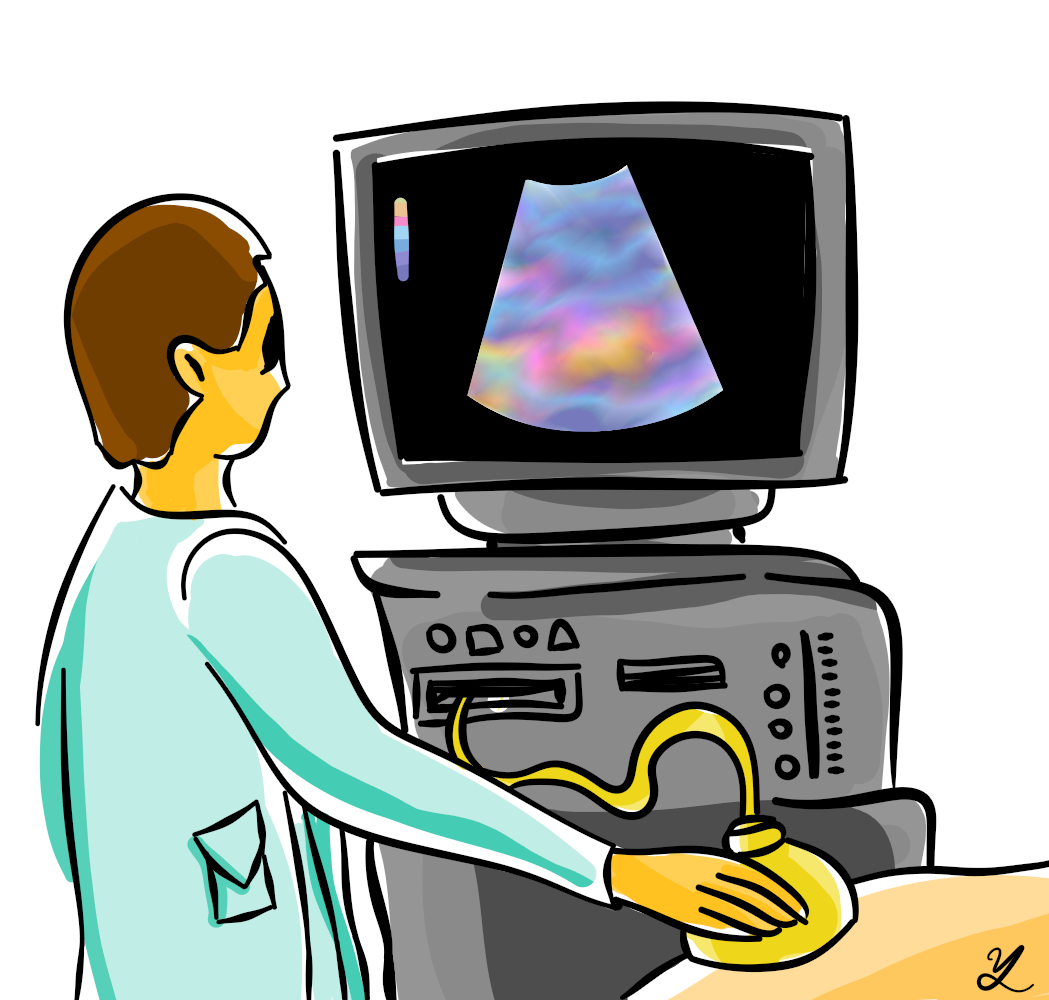
A new Yale-led study found that ultrasounds used for the detection of deep vein thrombosis, a common cardiovascular disease, could cause patients to develop an even more dangerous cardiovascular complication: pulmonary embolisms.
According to the study, ultrasounds are the most common as well as safest method for detecting deep vein thrombosis, a medical condition in which blood clots form in veins deep within the limbs. Although the clots themselves have very subtle symptoms, they can lead to serious complications, such as venous pulmonary embolism — the blockage of the lung’s main artery or blood vessel — the third-most common cardiovascular disease after heart attacks and stroke, according to study co-author and Yale internal medicine resident Behnood Bikdeli. The study found that while DVT makes a patient more susceptible to a pulmonary embolism, using ultrasounds to detect DVT significantly increases the patient’s risk of developing a pulmonary embolism.
Study co-author Ghazaleh Mehdipoor, a doctor in Iran, said the research team wanted their study to help physicians be more cognizant of the minor symptoms that, presented after an ultrasound examination, could signal major complications indicative of a pulmonary embolism.
“From a practical point of view, clinicians and radiologists need to be aware of this uncommon but serious and potentially lethal complication. If their patients feel short of breath, or have markedly reduced lower extremity swelling right after the diagnostic ultrasound study, they should highly suspect clot embolization and consider appropriate diagnostics and therapy,” Mehdipoor said.
Ultrasounds are widely considered “a very safe technique,” Mehdipoor said. But the team of researchers noticed that there are some potential concerns associated with them. Excessive pressure from ultrasound examinations exerted on the limbs became an added threat when the exams caused clots from DVT to loosen and travel to the vena cava, the main vein that attaches to the right side of the heart where gas exchange occurs.
“Such events had been reported in the past with other maneuvers that put pressure on the extremities, but we were unaware of if diagnostic ultrasound carried the same risk,” Mehdipoor said.
When a pulmonary embolism occurs, the clots travel through the bloodstream, going all the way to heart and lodge itself either in the superior or inferior vena cava depending on which extremity of the body the clot originated from, Bikdeli explained. He added that the superior and inferior vena cava are crucial to gas exchange, to take in oxygen and expel carbon dioxide. With a block in the vena cava obstructing circulation, a pulmonary embolism can be potentially fatal.
Mehdipoor, Bikdeli and their colleagues analyzed over 3,600 medical records, identified studies of relevance to their research and abstracted the data in order to test their hypothesis. They looked for a “commonality of patterns” between ultrasound-related factors and patient clot dislodgment, Mehdipoor said.
Mehdipoor expressed surprise at their study’s overall results. The research team found 15 reports out of over 3,600 discussed the issue of ultrasound examination and clot dislodgement. Of the 15 reports, two of them presented cases of pulmonary embolism that were fatal in the patients. Even more surprising, Mehdipoor said, was that they found a similar systematic review on an identical topic, but the study claimed that “no relevant studies were identified.” This discovery led them to believe that pulmonary embolisms, as a complication from ultrasounds, are an “underrepresented and underrecognized phenomenon,” Mehdipoor said, adding that the team hopes their study has raised attention to the complication so that other clinicians and investigators will be cognizant enough to report new cases when they notice them.
According to the CDC, as many as 900,000 Americans are affected by pulmonary embolisms each year and estimates suggest that 60,000 to 100,000 of those affected die from the disease each year.







